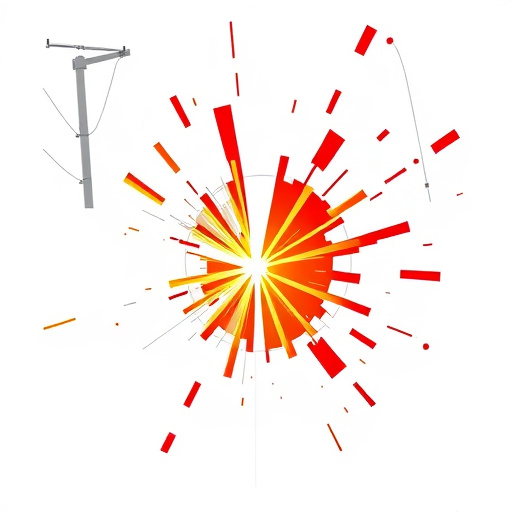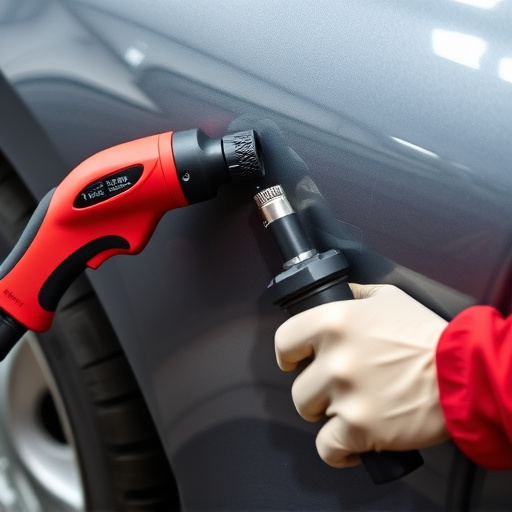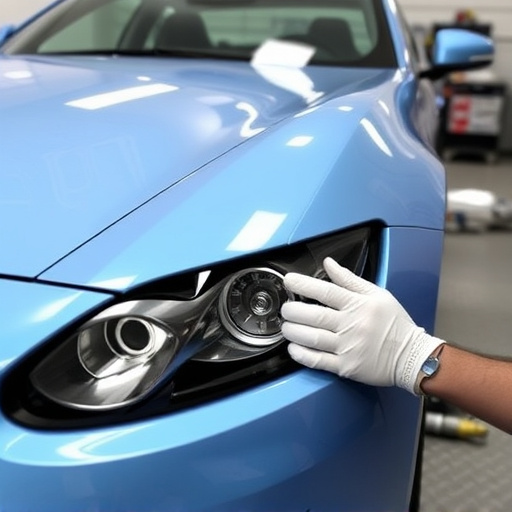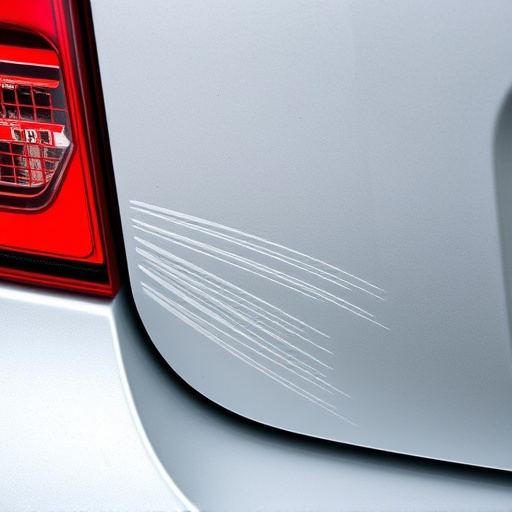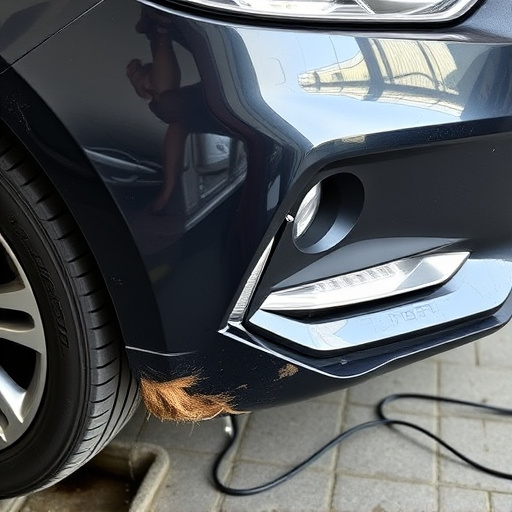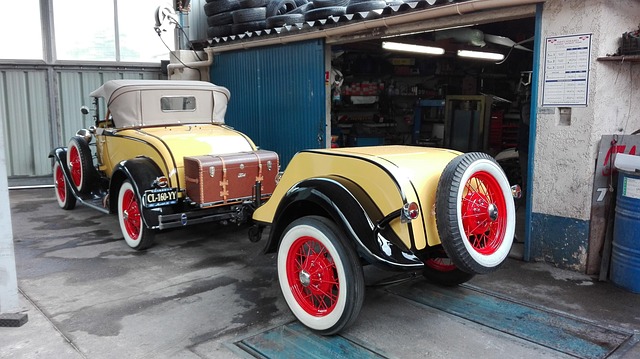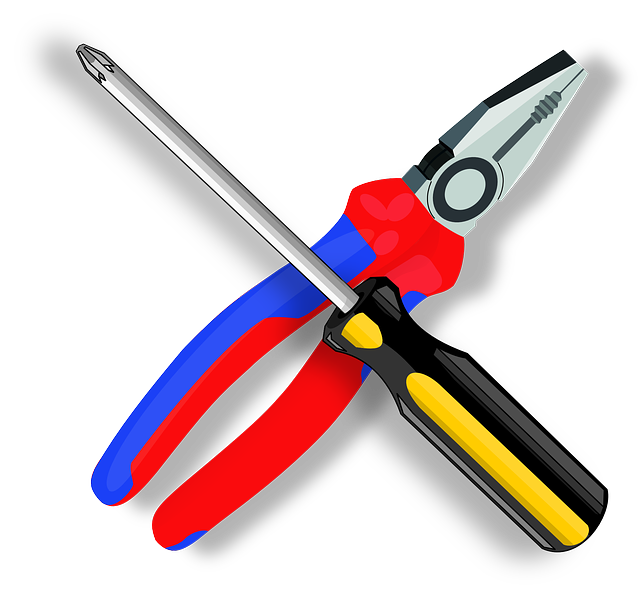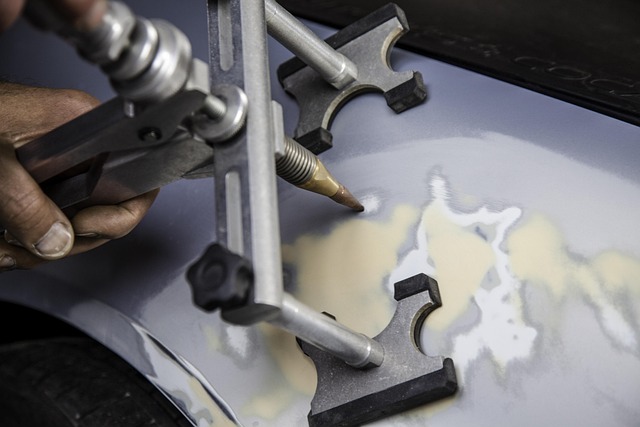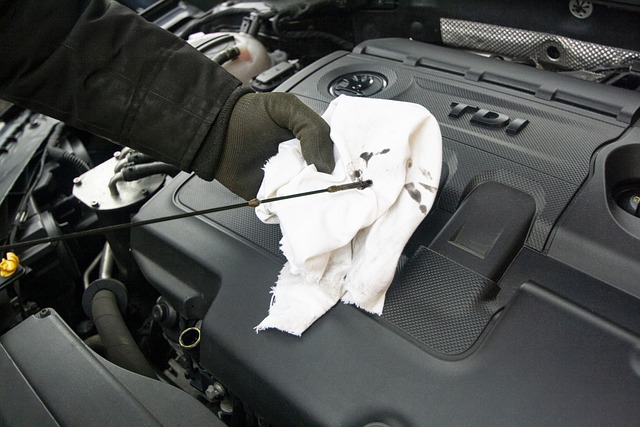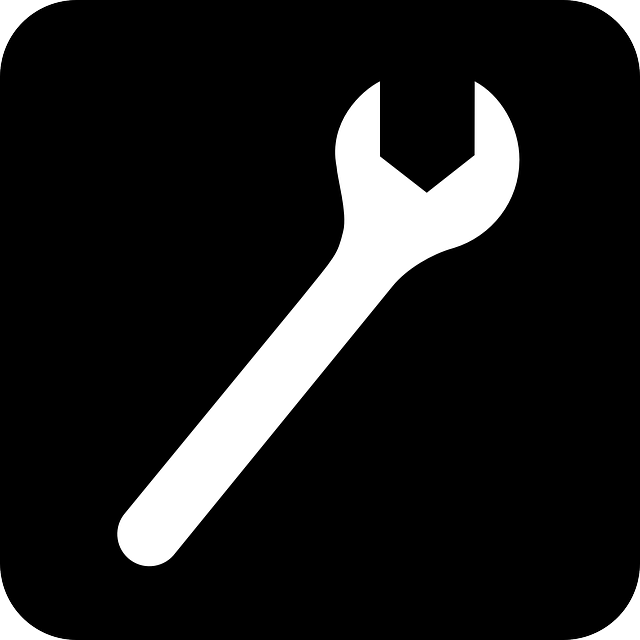Advanced Driver-Assistance Systems (ADAS) require precise calibration for optimal performance. ADAS recalibration glass is a specialized tool that auto collision centers use to accurately realign and fine-tune ADAS components post-repairs or accidents, ensuring safety features work seamlessly while maintaining repair integrity. Proper usage involves best practices like compatibility checks, precise installation, regular cleaning, inspection, proper storage, and detailed record-keeping for long-term effectiveness.
In today’s automotive landscape, Advanced Driver Assistance Systems (ADAS) are revolutionizing safety standards. At the heart of these systems’ effectiveness is precise calibration, where ADAS recalibration glass plays an indispensable role in auto servicing. This essential tool ensures optimal performance for features like adaptive cruise control, lane-keeping assist, and automatic emergency braking. By understanding its significance and following best practices for usage and maintenance, service technicians can enhance vehicle safety and customer satisfaction.
- Understanding ADAS Recalibration Glass: A Essential Tool in Auto Servicing
- The Impact of Accurate Calibration on Advanced Driver Assistance Systems (ADAS) Performance
- Best Practices for Using and Maintaining ADAS Recalibration Glass During Service Procedures
Understanding ADAS Recalibration Glass: A Essential Tool in Auto Servicing
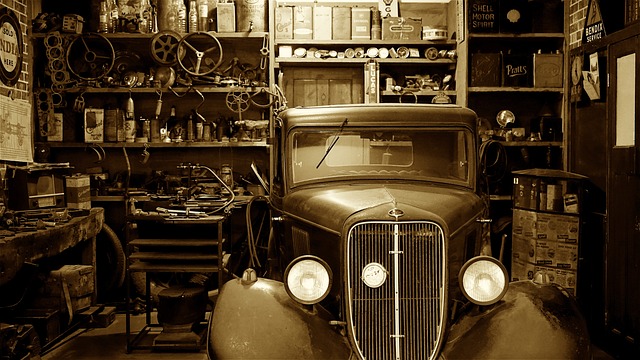
ADAS Recalibration Glass: Unlocking Precision in Auto Servicing
In the realm of modern automotive technology, Advanced Driver-Assistance Systems (ADAS) play a pivotal role in enhancing road safety. These sophisticated systems rely on precise calibration to function optimally, and this is where ADAS recalibration glass steps into the spotlight. It serves as an indispensable tool for auto repair services and car restoration specialists. This specialized glass is designed to accommodate the intricate adjustments required by ADAS components, ensuring their accurate performance.
When a vehicle undergoes repairs or has been involved in an accident at an auto collision center, the delicate calibration of its ADAS features might be affected. ADAS recalibration glass offers a solution by providing the necessary environment for re-aligning and fine-tuning these systems. Its high-quality properties allow technicians to perform critical adjustments with precision, ultimately revitalizing the vehicle’s safety features. This process is crucial in maintaining the integrity of auto collision repair services and ensuring that restored vehicles meet safety standards.
The Impact of Accurate Calibration on Advanced Driver Assistance Systems (ADAS) Performance
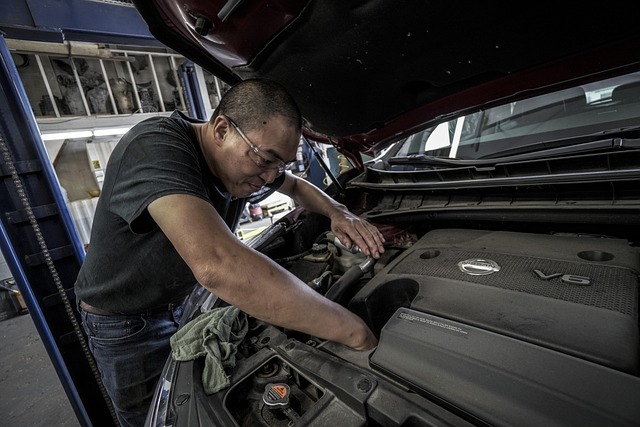
Accurate calibration is paramount for the optimal performance of Advanced Driver Assistance Systems (ADAS). These systems rely on precise sensor data to function effectively, ensuring driver safety and enhancing overall vehicle dynamics. When ADAS sensors are not properly calibrated, it can lead to significant issues in their operation. For instance, a misaligned camera might fail to accurately detect lane markings, affecting the performance of lane-keeping assist. Similarly, incorrect calibration of LiDAR or radar sensors could result in poor object detection and tracking, impacting emergency braking systems.
Therefore, the use of specialized tools and techniques for ADAS recalibration is crucial. This process involves adjusting and fine-tuning these sensors to ensure they provide accurate data. ADAS recalibration glass, for instance, plays a significant role here by facilitating the alignment and calibration of cameras, ensuring their lenses are perfectly aligned with the vehicle’s frame. In effect, it aids in restoring the vehicle’s safety features to their peak performance, much like auto detailing restores a car’s exterior beauty. Just as auto frame repair focuses on structural integrity, ADAS recalibration ensures the systems that support safe driving are functioning correctly, contributing to a seamless and secure driving experience.
Best Practices for Using and Maintaining ADAS Recalibration Glass During Service Procedures
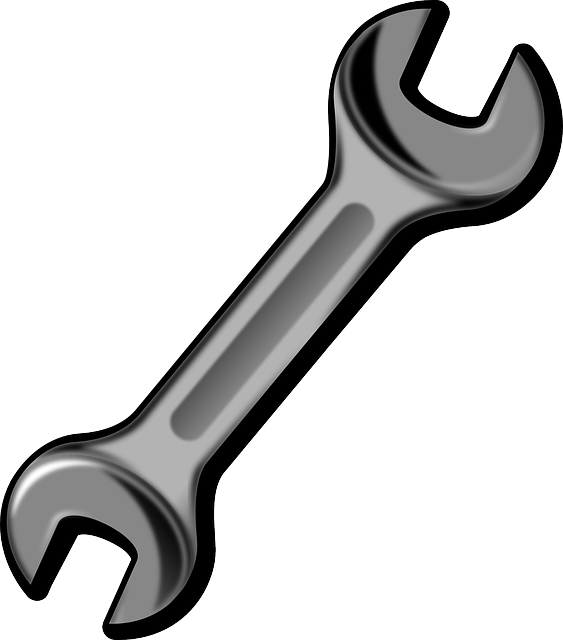
When utilizing ADAS recalibration glass during auto servicing, adherence to best practices ensures optimal results and maintains safety standards. Firstly, always ensure the glass is compatible with your vehicle’s Advanced Driver-Assistance Systems (ADAS). Misalignment can lead to sensor errors, compromising critical driving aids like adaptive cruise control or lane-keeping assist. Next, precise installation is paramount; follow manufacturer guidelines for proper positioning and secure mounting. Regular cleaning and inspection are also crucial, as dirt or debris can interfere with sensor performance.
For long-term effectiveness, store the ADAS recalibration glass in a clean, dry environment away from direct sunlight to prevent damage. During service procedures, take care not to handle the glass by its exposed edges, opting instead for protective handling methods. Keep detailed records of each recalibration process, including date, vehicle identification number (VIN), and specific adjustments made. Regularly updating these logs aids in tracking performance trends and facilitates accurate troubleshooting during subsequent repairs, enhancing overall vehicle repair and car body restoration processes.
ADAS recalibration glass is an indispensable tool in modern auto servicing, ensuring that advanced driver assistance systems function at peak performance. By accurately calibrating sensors and cameras, this specialized glass plays a pivotal role in enhancing safety and improving the overall driving experience. As the adoption of ADAS continues to grow, proper usage and maintenance of recalibration glass become even more critical. Following best practices guarantees optimal system accuracy, ultimately benefiting both service technicians and road users alike.
